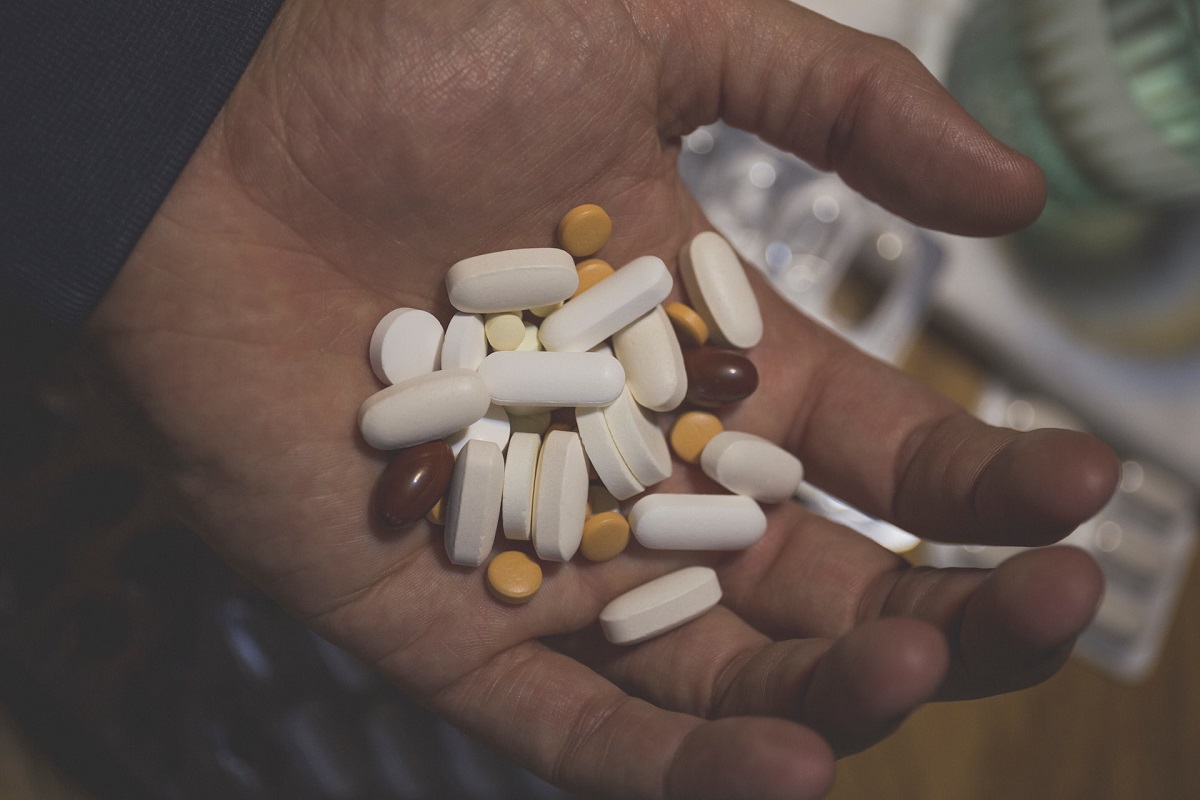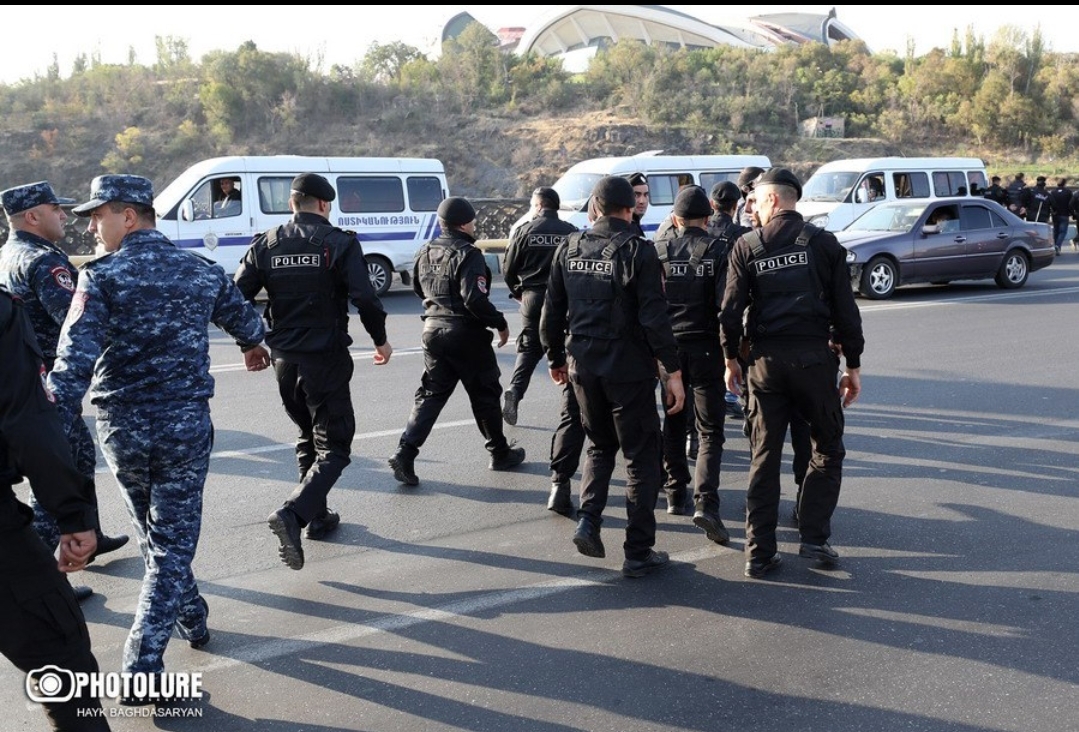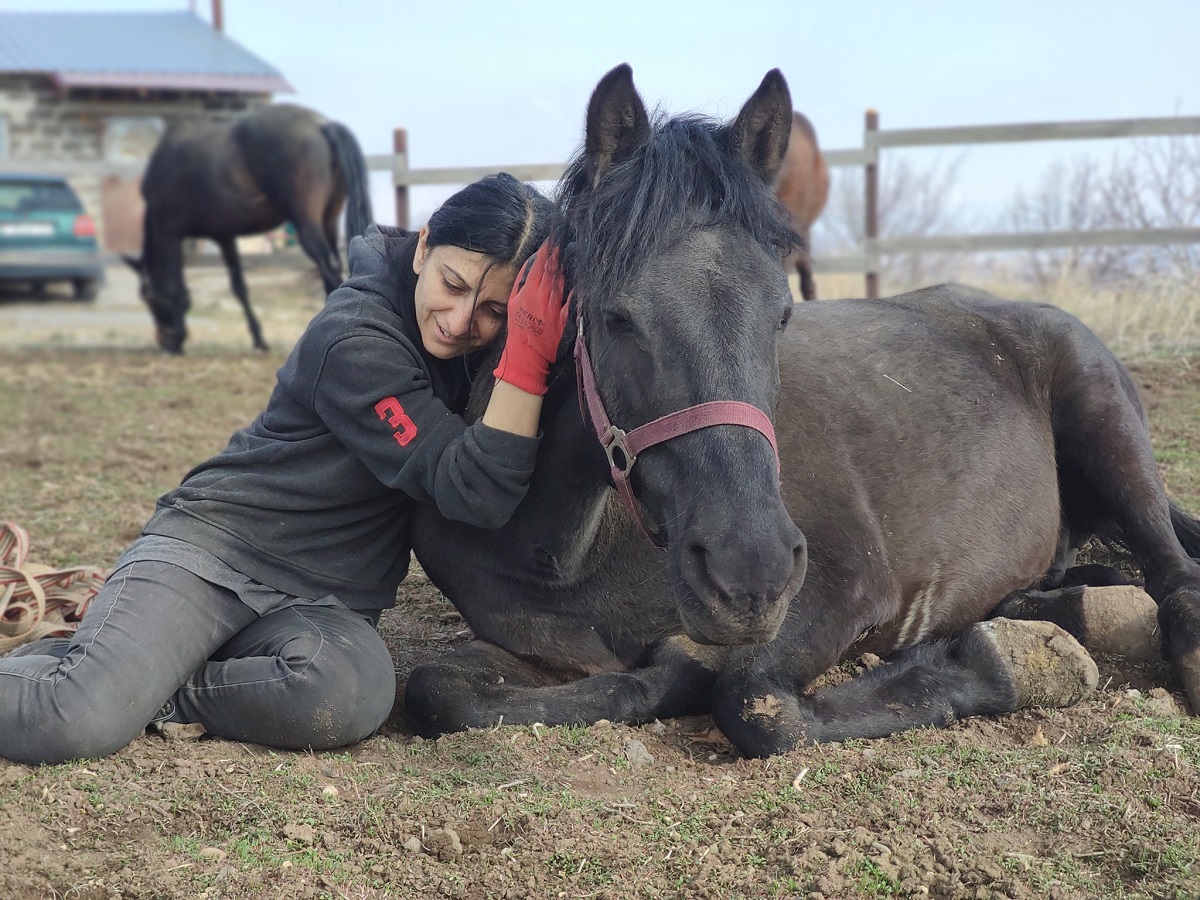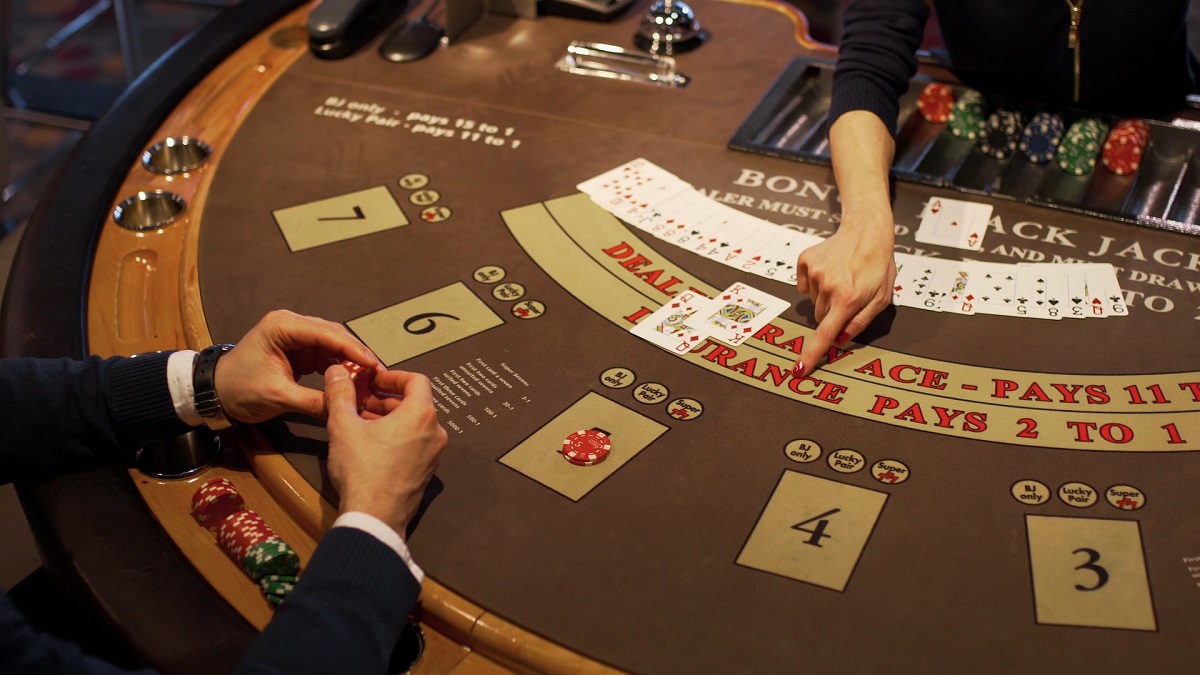"I live without drugs, helping others overcome addiction": A story from Armenia
Overcoming drug addiction in Armenia
In recent years, Armenia has seen a rise in drug trafficking. The drug business has moved into open access on the internet. Drug shops have appeared on the social network Telegram and other online platforms. On average, every minute, between 400 to 600 people search for drugs on these platforms. However, according to doctors, there has also been an increase in the number of people wanting to overcome their addiction and start a new life without drugs.
All the details about the fight against drug addiction in Armenia, as well as a personal story.
- Increase in drug trafficking in Armenia: Figures and comments
- “They will track people’s every move”: On the installation of surveillance cameras in Armenia
- Increase in the number of road accidents in Armenia: what explains it and how to prevent it
- Safe YOU: an application created by Armenian women to help women around the world
A story with a happy ending
Ruben (name changed) was born in 1970. His youth coincided with the difficult 1990s in Armenia. The country was at war, under blockade, the economy had collapsed, and people were barely making ends meet.
“This made me start stealing. At first, I met and then befriended people who were into theft. In their circle, it was common to use ‘chernyashka,’ which is acetylated opium. They offered it to me, and I tried it,” Ruben recalls.
From that moment, his life changed; he began using it every day. After some time, he realized he could no longer live without a dose.
“I would wake up in the morning thinking I wouldn’t use drugs anymore, but then withdrawal would start. Tears would flow from my eyes, my nose would run, I would start sneezing and yawning. Then the pain in my legs and abdomen would begin, gradually intensifying and becoming unbearable. I had to get drugs and use them. I had to sell everything in the house. I even sold my ‘Zhiguli’ car, which I used as a taxi to make some extra money,” he says, holding his head in his hands.
By 1996, he had already ended up in prison, where he continued using drugs for another three years.
“When I was released, I decided I needed to get treated. I went to a center, but after two days, I stopped the treatment. My family even brought a doctor home so I could be treated there. But that course of treatment also remained unfinished, and I started using again,” he recalls.
During those years, Ruben lost everything – his family and his home.
“In 2010, friends told me that the Narcology Center had launched a new treatment program. I applied and was accepted. I started receiving substitution therapy, which I have been on for 14 years now. Substitution therapy completely changed and improved my life. First, I stopped engaging in illegal activities, and second, my body began to recover,” Ruben says.
Since 2019, the NGO “Real world, real people” has been running the “HIV Prevention Among Drug Users” project, and Ruben was hired as an outreach worker.
“Outreach” is a method of social work that involves establishing contact and providing useful information to people in specific, so-called “closed” social groups in their usual environment. Outreach workers are typically people with specialized education or insiders from these closed communities. The goal is to direct them to prevention, testing, and treatment services.
Now, he advises people who use drugs on a peer-to-peer basis. He organizes testing for HIV and hepatitis for them and, if necessary, accompanies them to the National Center for Addiction Treatment and the National Center for Infectious Diseases.
Increase in both drug users and those seeking to overcome addiction
In 2023, law enforcement agencies identified 5,070 crimes related to the distribution and use of narcotics and psychotropic substances. Compared to the previous year (2,266 cases), this figure has risen by 123.7 percent.
According to statistics maintained by narcology services, the number of people using drugs has been increasing over the past few years:
- In 2018, there were 6,951 registered users.
- In 2019, this number rose to 7,209.
- In 2020, it reached 7,392.
- In 2021, it was 7,779.
- In 2022, the count was 7,854.
However, according to data from the National Center for Addiction Treatment, there is also a growing number of people seeking treatment to quit drug use.
In 2020, 586 patients were treated in inpatient facilities, while in 2023, this number nearly doubled to 1,033.
Over the past decade, the number of patients receiving outpatient treatment and substitution therapy has also increased.
Combating addiction
The Republican Narcology Center has been renamed the National Center for Addiction Treatment. Along with the new name, the center has improved its facilities: the building has been renovated and equipped with new, modern technology. Additionally, it now offers social and psychological support to its patients. The center’s management assures that they provide medical care that meets international standards.
More and more people are seeking help at the center. The director explains this by saying that potential patients now have confidence that they will receive qualified medical assistance.
People with various substance dependencies come to the center, but, according to the doctors, this usually happens when they experience withdrawal syndrome, which includes physical or psychological disturbances after stopping drug use or reducing the dose.
Most people decide to start treatment based on advice from friends or relatives. It is rare for individuals to make this decision on their own.
Traditionally, two groups of drugs were prevalent in Armenia:
- Cannabis-derived: marijuana, hashish, hash oil.
- Poppy-derived: morphine, opium, acetylated opium, heroin, codeine-containing preparations, and desomorphine (known as “crocodile”) produced from codeine using chemical solvents.
Since 2012, synthetic cannabinoids (commonly referred to as “spice”) have started to spread in Armenia. These substances were new not only to Armenia but to the whole world.
According to the director of the National Center for Addiction Treatment, synthetic psychostimulants such as methamphetamine and amphetamine have recently become popular in the country.
“If the use of cannabinoids has now significantly decreased, synthetic psychostimulants have become a serious problem. In Armenia, people used to start using drugs after the age of 30. But now, many drug addicts are younger,” says Nazinyan.
There are seven minors registered at the center, two of whom sought help this year.
“The availability of drugs has increased, of course, due to new distribution methods, particularly on internet platforms. However, I must say that our law enforcement agencies have begun to counteract this effectively,” assures Suren Nazinyan.
In this context, he considers the role of the family, and the education and upbringing of children and adolescents, to be important factors:
“First and foremost, parents, and then schools, should provide teenagers with deep knowledge about the consequences of using harmful substances, including drugs. At the same time, it is necessary to instill in them the skills and habits of a healthy lifestyle,” says the center’s director.
How treatment proceeds
Patients usually arrive in a state of deprivation, or what is commonly known as “withdrawal,” says Anna Asatryan, a doctor at the Addiction Treatment Center. The main goal during treatment is to “compensate” for this condition with appropriate medications.
“This stage of treatment is crucial because the state of deprivation, the painful craving for a psychoactive substance, and the resulting overwhelming need to use the substance can lead the patient to abandon treatment,” explains the doctor.
According to Anna Asatryan, the compensation stage is followed by the recovery process. At this stage, doctors regulate sleep and appetite, and the patient’s overall condition improves. Simultaneously, psychologists and social workers begin working with the patient.
The center offers substitution therapy using methadone. This therapy has been available in Armenia since 2009. Currently, the number of patients receiving substitution therapy at the center is 587.
The type of treatment a drug-dependent person receives is determined by the substance that caused the addiction. Each psychoactive substance causes a unique dependence syndrome and clinical manifestations.
“Courses of medical treatment for dependencies differ because various groups of psychoactive substances affect different systems of the human brain. For example, opioids primarily affect the endorphin system, while psychostimulants impact the dopamine system, and so on,” explains Anna Asatryan.
According to her, dependencies are essentially chronic diseases. And, as with other chronic diseases, treatment results in improvement rather than a complete cure.
“After the course of treatment, we deal with remission. This is the stage of a chronic illness when its symptoms largely or completely disappear. At this stage, even a single use of the psychoactive substance can cause a relapse. To avoid returning to the center after treatment, the patient needs only one thing—to never use the substance that caused their dependence,” the doctor explains.






















